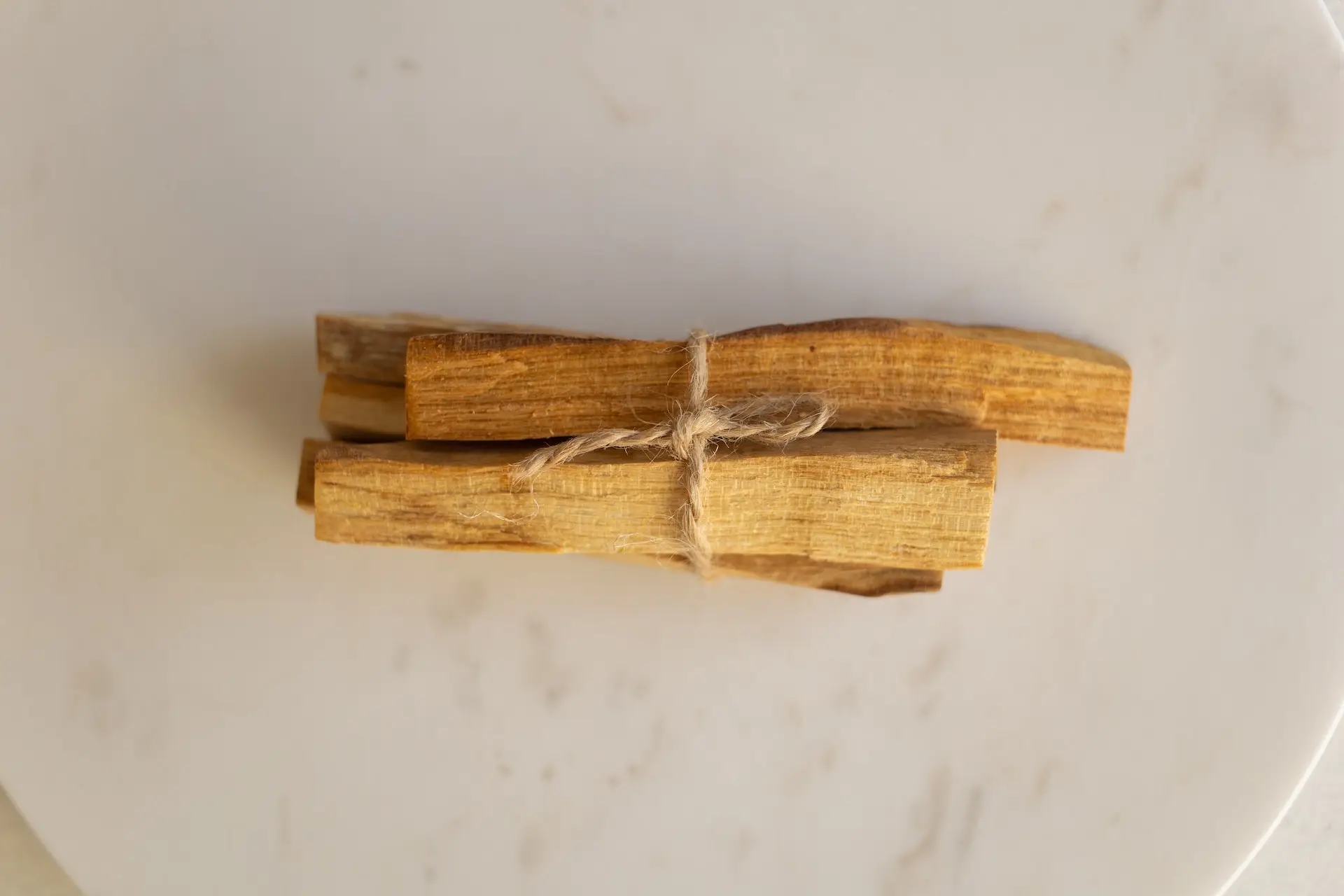What is Palo Santo?
Palo Santo (Bursera graveolens) is a wild tree that grows in dry tropical forests and can be found in South American countries such as Peru and Ecuador. Moreover, the name Palo Santo is translated from Spanish as "holy wood" due to its ancient healing properties. Furthermore, this tree produces wood, resin, and oils that can be used as aromatherapy to treat physical and mental issues.
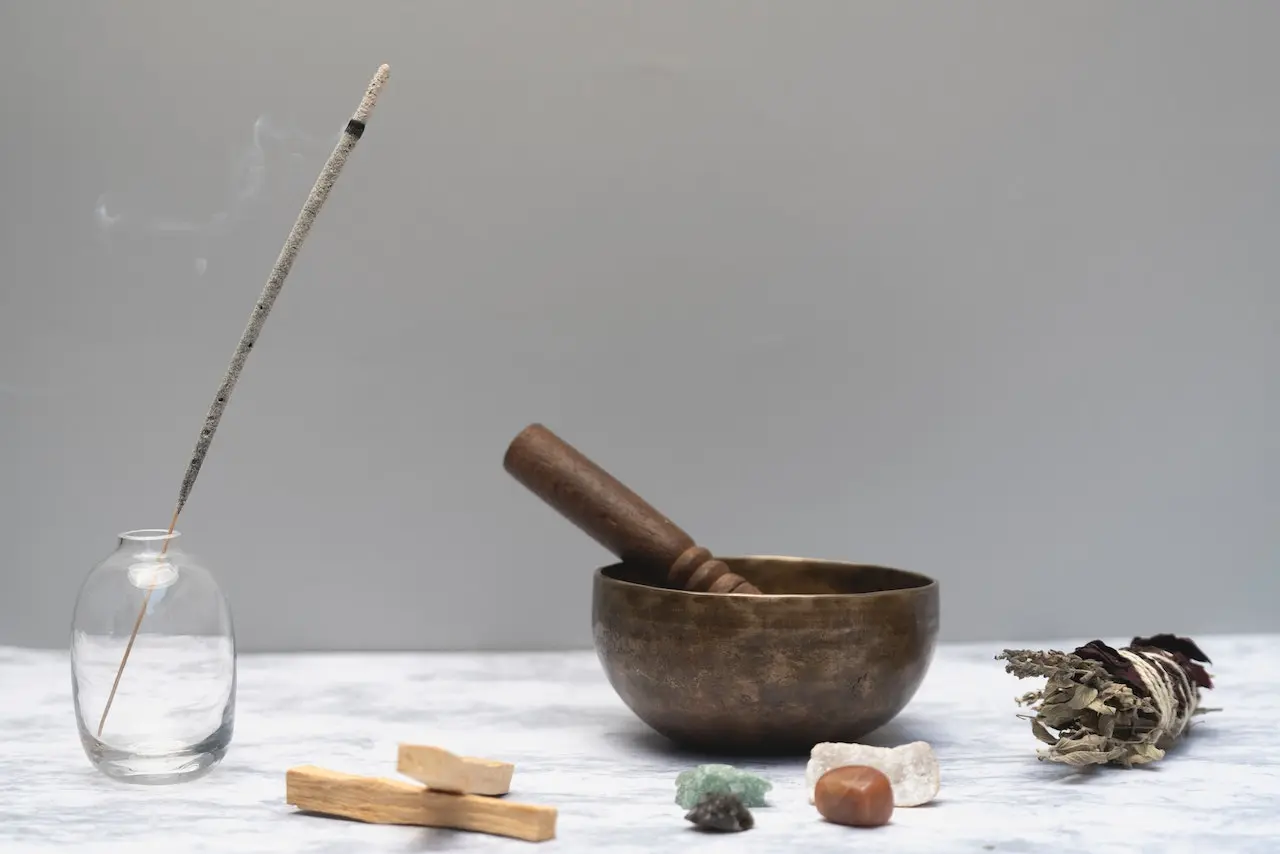
Palo Santo contains a bioactive chemical called limonene, which is an aromatic substance and a common terpene found in medicinal plants. Moreover, limonene is one of the most common terpenes in nature and a major component of numerous essential oils. According to some research, this chemical component is responsible for the majority of Palo Santo’s health benefits and uses.
Palo Santo’s limonene is a colorless liquid, and it exists in two forms: d-limonene or l-limonene. It has a pleasant lemon-like odor, which makes it widely used as a fragrance in cosmetics and other household essentials such as soaps, cleaning products, and pesticides. This component, limonene, is the main component that gives Palo Santo its healing and mood-calming properties.
Why Do We Burn Palo Santo?
Nowadays, the use of aromatherapy is becoming very popular as people become more interested in ancient methods to help improve their physical and mental well-being. One of those methods includes burning Palo Santo, as it helps our bodies and minds in various ways.
Moreover, the use of Palo Santo for generations was believed to provide protective and healing energy by Indigenous people in South America. They believed Palo Santo could help heal physical issues such as the flu and inflammation. Also, they believed it could intensify the feeling of calmness and relaxation, as the scent and oil can treat several mental and sleep disorders.
Through scientific research and numerous clinical trials over the years, Palo Santo has been studied and proven to actually have several effects on our bodies and minds. Moreover, Palo Santo’s benefits include treating diseases and infections by improving your immune system and reducing stress levels. Additionally, it is proven that it helps reduce chronic inflammation and reduce pain. Also, it can help repel mosquitoes due to its main chemical component, limonene.
How To Burn Palo Santo?
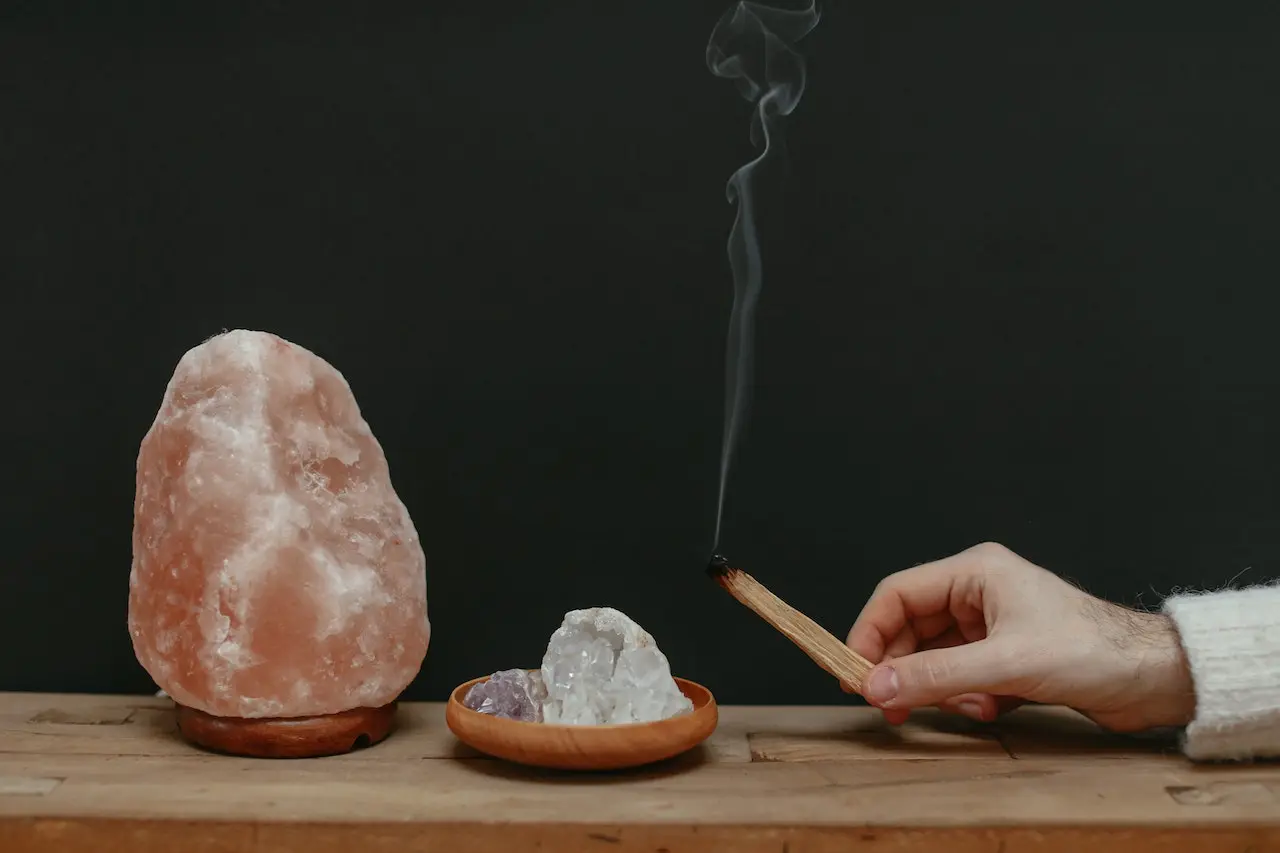
There are many ways to use Palo Santo, which can be found in different forms, including essential oils, wood, or resin. You can also find candles and other scented products with Palo Santo scents.
One of the most popular ways is to burn a stick of wood, pass it around the room for 30 seconds, and put it in a downward position at a 45-degree angle. Make sure the space has good ventilation, and give yourself a moment to relax and inhale the aroma, which will allow you to relax before bed.
You can also get candles infused with Palo Santo, which will give off the vibe of a more relaxing and cozier environment that will allow your body to relax. Also, it can be used as an essential oil with a diffuser or essential oil burner, and just add it to a pot of boiling water. This will make fragrant steam for you to inhale from the bottle. You can then dilute it with a carrier oil and apply it to your skin.
Also, Palo Santo in the form of resin requires a resin burner, charcoal disc, and sand. Firstly, fill the resin burner with sand and pick up the charcoal disc with a pair of tongs. Then, heat one side of the disc with a lighter, repeat on the other side, and place the charcoal on the sand. When you see a thin layer of ash forming, add the resin on top of the charcoal, and put the charcoal in water when you’re done.
Benefits of Burning Palo Santo Before Bed
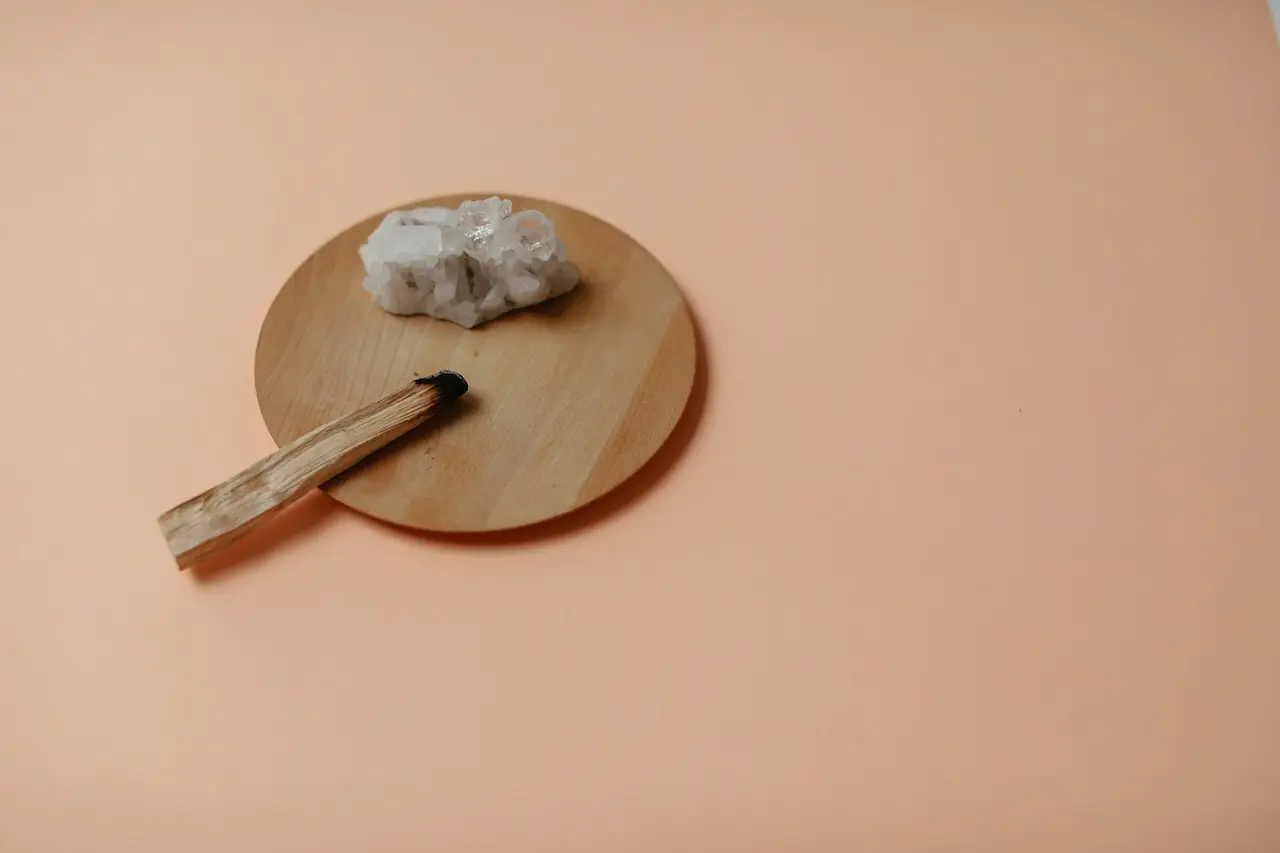
Improves Your Immune System
Palo Santo’s main component is limonene, a bioactive compound that helps stimulate your immune system, fight inflammation, and protect cell walls. This is a result of limonene’s ability to affect the number of lymphocytes, which are a type of white blood cell. Moreover, there are several studies that confirm limonene has a direct effect on immune system health.
One study from 2012 discussed how d-limonene has immunomodulatory effects, meaning that limonene can stimulate or suppress immune system function. Furthermore, the study highlights how d-limonene can improve the proliferation of lymphocytes. D-limonene increases the rate of production of antibodies to help kill tumor cells and improve immune responses.
Therefore, it is a good idea for you to burn Palo Santo before bedtime, as it can help improve your immune system and improve your physical well-being.
Improves Stress Responses
Palo Santo as an essential oil can help you combat stress and anxiety. This is a result of having aromatic components such as limonene, a terpene that causes uplifting effects in our brain and body. Additionally, limonene can give you restful sleep as it alleviates pain, stress, and nervous tension.
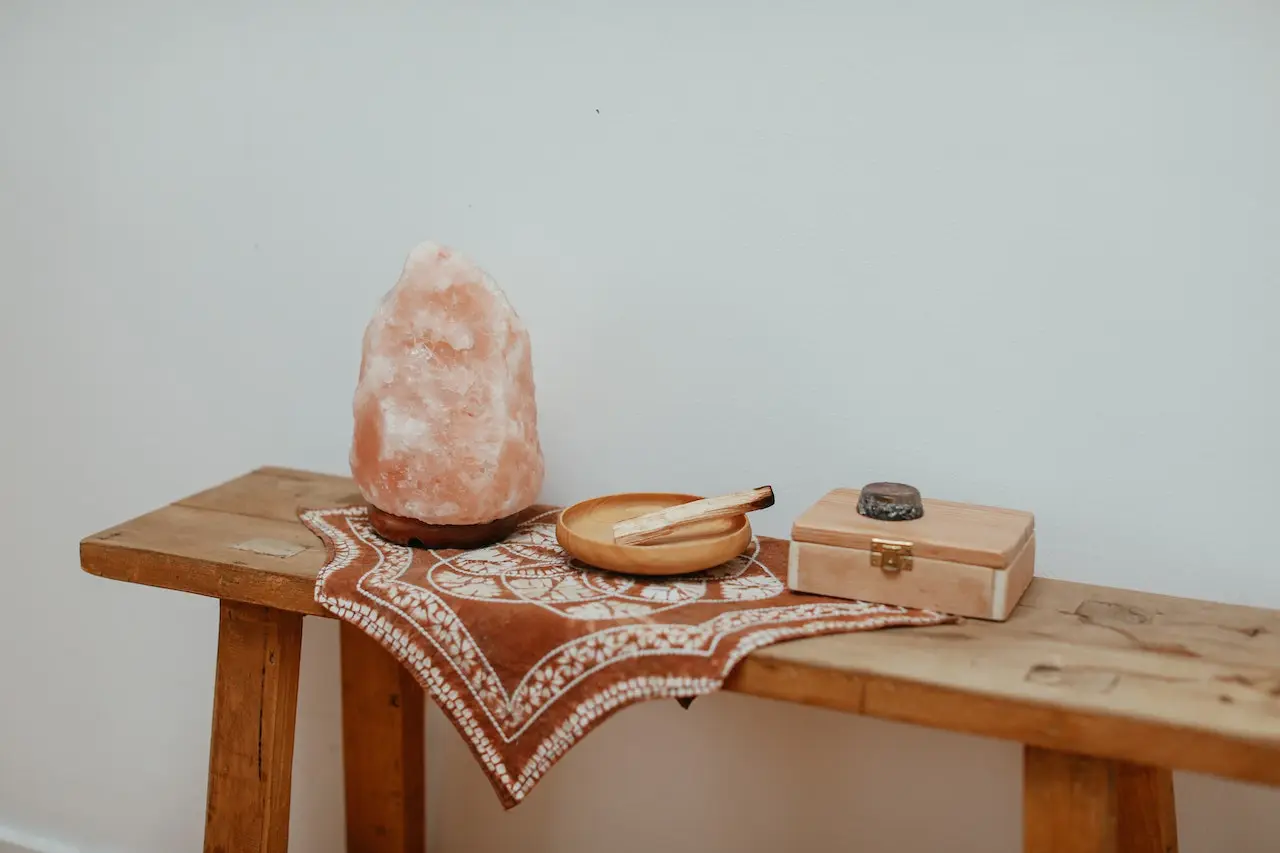
One study was conducted on rats and found that d-limonene can have soothing effects by altering parasympathetic parameters and central neurotransmitter functions. Moreover, the rats exposed to d-limonene were less in pain, less startled or irritable, and almost stopped vocalizing. The results show that d-limonene can be used in aromatherapy as an anti-anxiety and anti-stress agent.
Palo Santo should be burned before bedtime, as it has positive effects on your mental well-being. The limonene in Palo Santo affects the nervous system by oxygenating the brain, which helps to calm stress levels.
Reduces Chronic Inflammation
As mentioned previously, Palo Santo’s main component is limonene, which has been shown to reduce chronic inflammation. Moreover, chronic inflammation is described as slow, long-term inflammation that lasts for prolonged periods of several months to years. Thus, it is important to reduce this type of inflammation as much as possible.
One solution can include burning Palo Santo, as the limonene produced by it has been shown to reduce inflammatory markers caused by chronic inflammation. One study on human cartilage cells found that limonene reduced nitric oxide production, which is a molecule that plays a key role in inflammatory pathways.
This means that burning Palo Santo can actually impact the degree of chronic inflammation, however, this effect needs to be confirmed by human studies.
Repels Mosquitos
Burning Palo Santo can also have interesting domestic benefits, which include repelling mosquitoes. This is because Palo Santo’s main chemical composition as an essential oil is limonene.
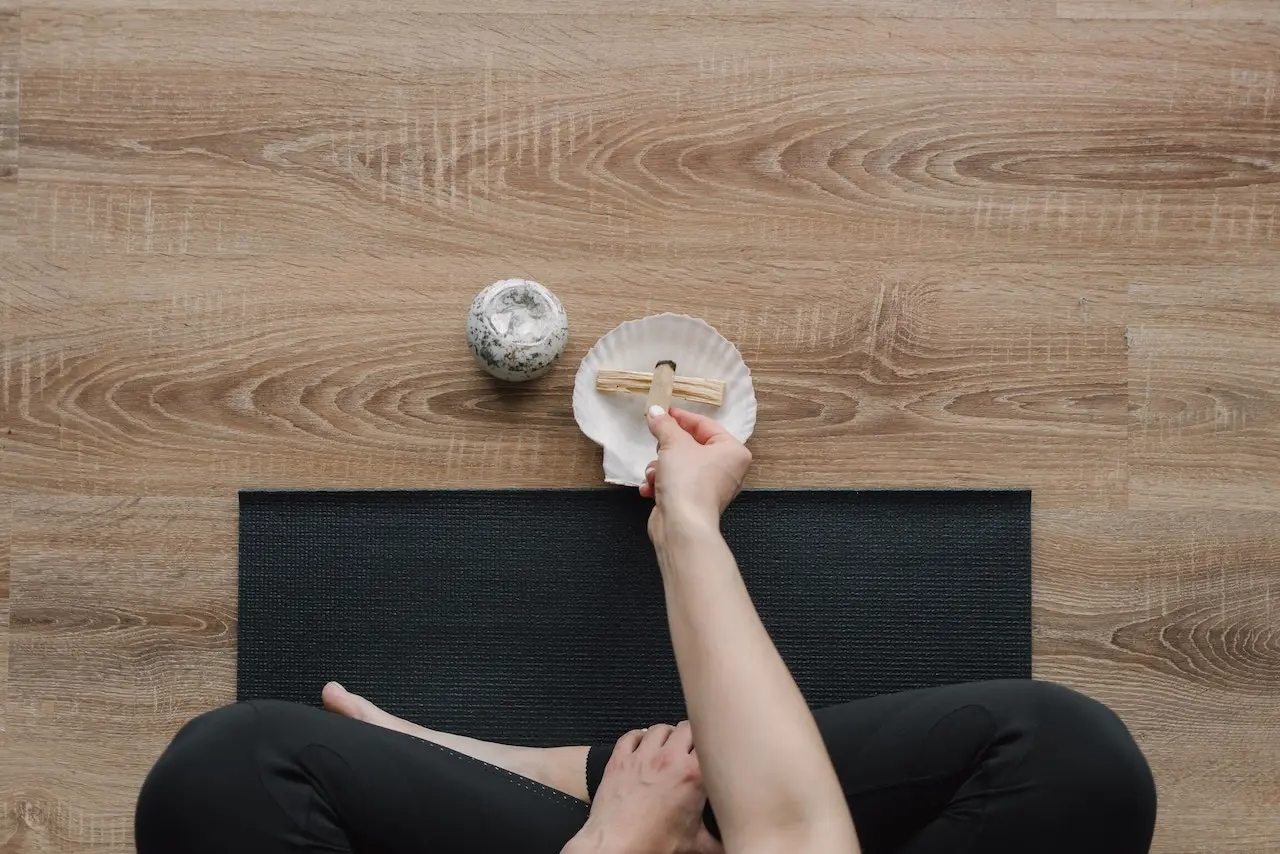
There was one report that studied "Bursera graveolens", another term for Palo Santo, and the effects of its major compounds. Moreover, the major compounds found were limonene (42.2%), pulegone (20.9%), carvone (7.5%), caryophyllene (4.1%), and trans-carvel (3.8%).
The report determined that limonene, the major compound present in the oil, had the highest repellent activity at a concentration of 1% at 2 and 4 hours of exposure. This means that it’s a good idea to burn Palo Santo before bed to repel pesticides and insects such as mosquitoes and get a well-rested sleep.
Side Effects of Burning Palo Santo Before Bed
Irritates Your Respiratory System
Burning Palo Santo is believed to not have plenty of side effects, and there is no research on adverse side effects as studies are mainly focused on the benefits of the plant. However, one side effect noted in one study was that the chemical limonene could be toxic to human lung cells.
Moreover, if someone suffers from asthma or any respiratory disorders, their lungs could be triggered, depending on the severity of the condition. Also, some people might dislike the smell due to the strong scent of Palo Santo. Therefore, it is preferred to consult your healthcare provider before starting to use it at home.
Conclusion
Palo Santo can be used in different ways, but the most common way is by burning sticks to produce a pleasant scent in your room or home. Also, Palo Santo used to be an ancient remedy to treat many illnesses, and nowadays this way of aromatherapy is becoming very trendy.
Moreover, Palo Santo has several benefits because of its main component, d-limonene, which includes helping our bodies improve their immune systems. In addition, limonene can help alleviate pain as it reduces chronic inflammation and improves stress responses by altering your nervous system's functions.
Also, it helps repel mosquitoes because of its strong scent, which can help you get a good night’s rest peacefully. Although there are no side effects as a result of burning Palo Santo. However, the one concern may be if you have respiratory issues, which could trigger negative effects due to Palo Santo’s strong scent. Thus, you should seek advice from your physician before burning it in your home.
Burning Palo Santo Before Bed FAQs
When Is the Best Time to Burn Palo Santo?
You can burn Palo Santo at any time; however, we do recommend burning it before bedtime to get restful sleep. This is due to the benefits you can get from having the smoke in your room before bedtime and since the smoke is believed to restore tranquility and calm emotions.
Why Should I Burn Palo Santo?
You should burn Palo Santo for its numerous health benefits as well as its benefits for your home. This sweet, citrusy scent with undertones of earthiness and a hint of mint and pine can make your house smell fresh and welcoming any time of the year. It is also used in scrubs and body lotions to brighten and moisturize the skin.
What Does Palo Santo Smell Like?
Palo Santo’s scent is a sweet, woody, and slightly citrusy one that is often described as warm and calming, with hints of vanilla and mint. When you burn Palo Santo, the smoke has a pleasant, uplifting fragrance that can help promote relaxation and reduce stress. Overall, the scent of Palo Santo is quite unique and quite enjoyable to most people.
Does Burning Palo Santo Affect Your Sleep?
Burning Palo Santo can definitely affect your sleep as it improves your overall mood due to its pleasant smell, and the smoke itself produces a positive, calm aroma. Therefore, it will help you sleep more efficiently and improve your sleep pattern.
Sources:
- d'Alessio, P. A., Bisson, J. F., & Béné, M. C. (2014). Anti-stress effects of d-limonene and its metabolite perillyl alcohol. Rejuvenation research, 17(2), 145-149.
- Jaramillo-Colorado, B. E., Suarez-López, S., & Marrugo-Santander, V. (2019). Volatile chemical composition of essential oil from Bursera graveolens (Kunth) Triana & Planch and their fumigant and repellent activities. Acta Scientiarum. Biological Sciences, 41, 46822.
- Kim, Y. W., Kim, M. J., Chung, B. Y., Bang, D. Y., Lim, S. K., Choi, S. M., ... & Lee, B. M. (2013). Safety evaluation and risk assessment of d-limonene. Journal of Toxicology and Environmental Health, Part B, 16(1), 17-38.
- Lappas, C. M., & Lappas, N. T. (2012). D-Limonene modulates T lymphocyte activity and viability. Cellular immunology, 279(1), 30-41.
- Rufino, A. T., Ribeiro, M., Sousa, C., Judas, F., Salgueiro, L., Cavaleiro, C., & Mendes, A. F. (2015). Evaluation of the anti-inflammatory, anti-catabolic and pro-anabolic effects of E-caryophyllene, myrcene and limonene in a cell model of osteoarthritis. European journal of pharmacology, 750, 141-150.
- Vieira, A. J., Beserra, F. P., Souza, M. C., Totti, B. M., & Rozza, A. L. (2018). Limonene: Aroma of innovation in health and disease. Chemico-Biological Interactions, 283, 97-106.
Dom Abraham
As the lead content writer at Sleepiverse. Dom pours his heart into writing mattress reviews, bedding product reviews, and medically-reviewed health articles. Dom is from Portugal and likes to spend his free time writing on the beach as it gives him a sense of comfort. Aside from writing mattress reviews in front of the soothing beach view, Dom likes to experiment with new amazing food ideas.


